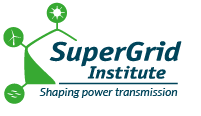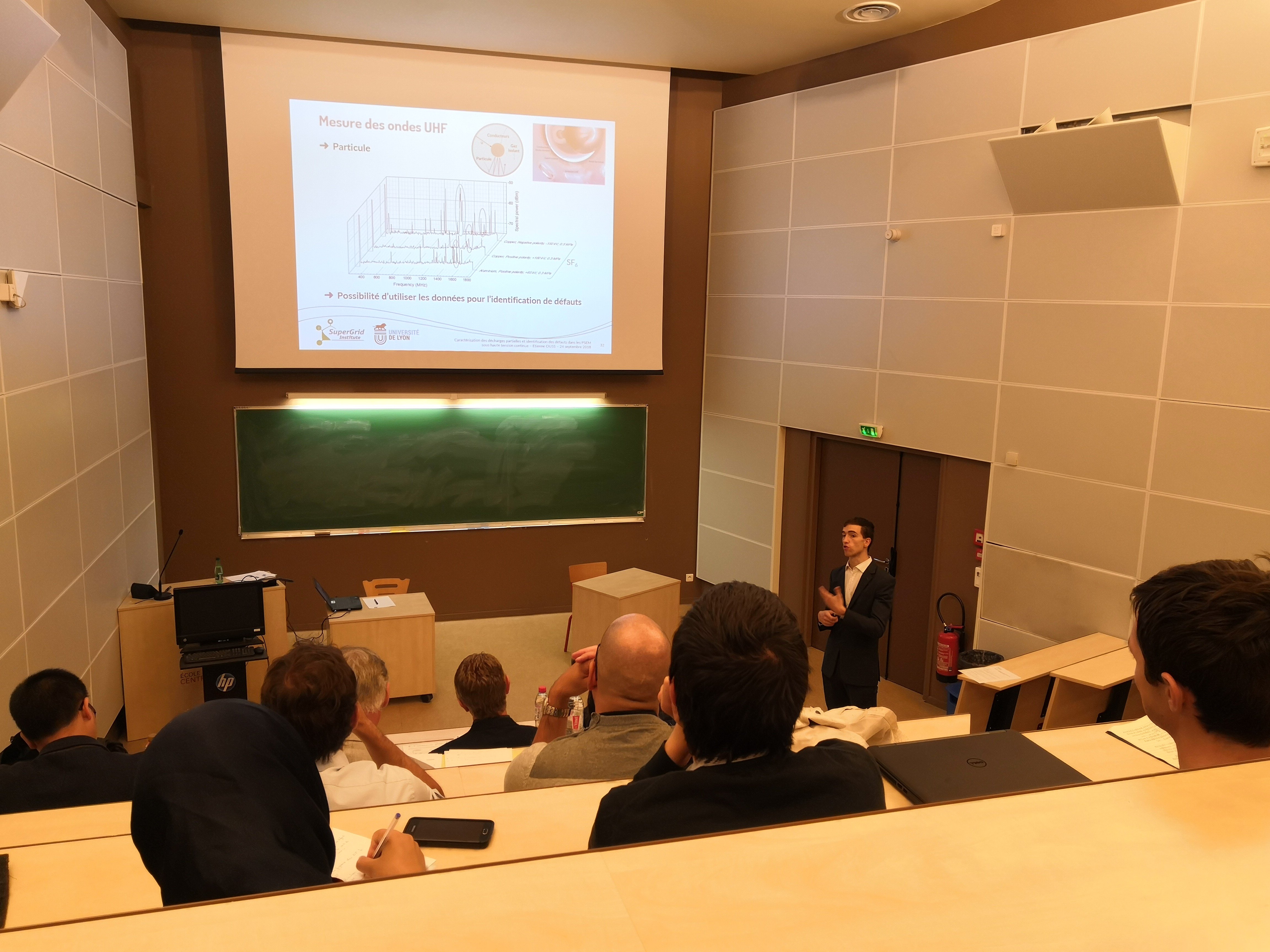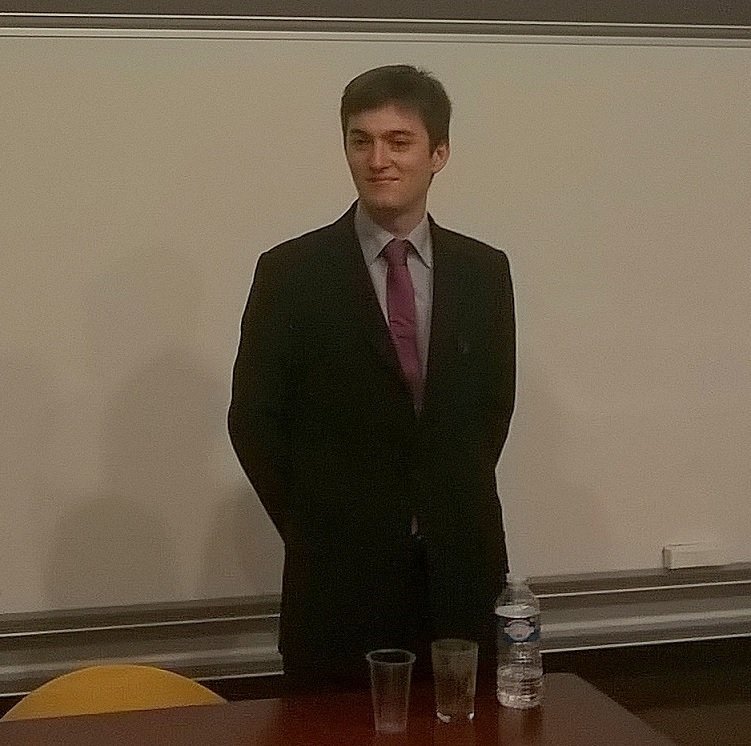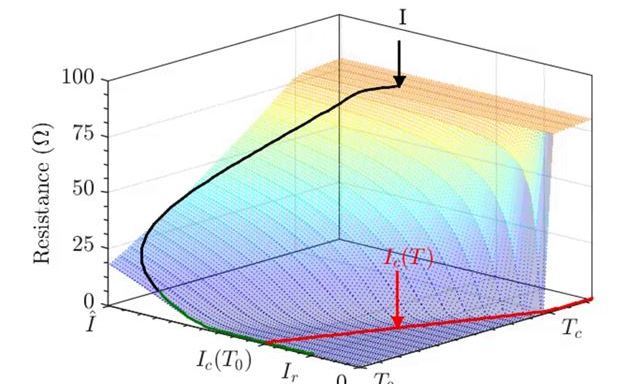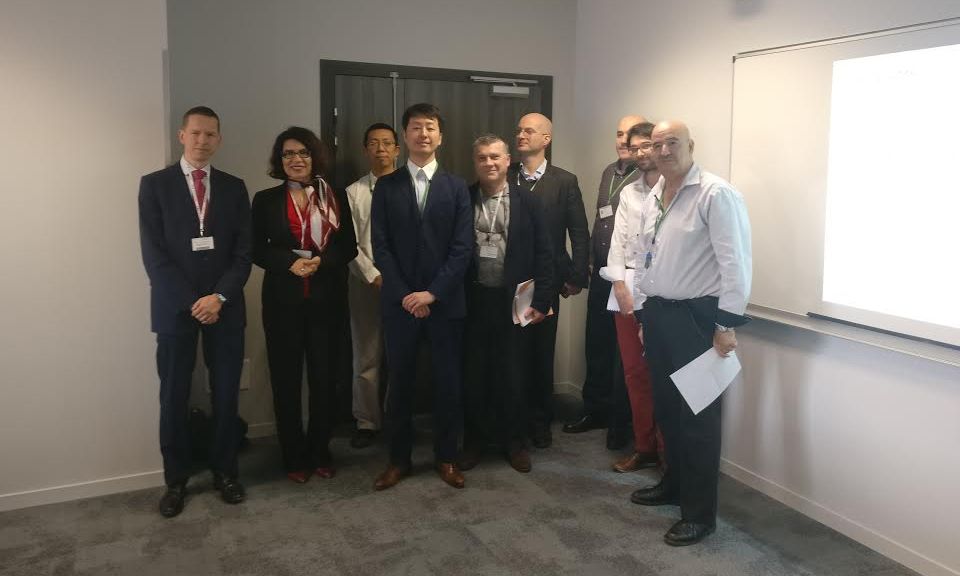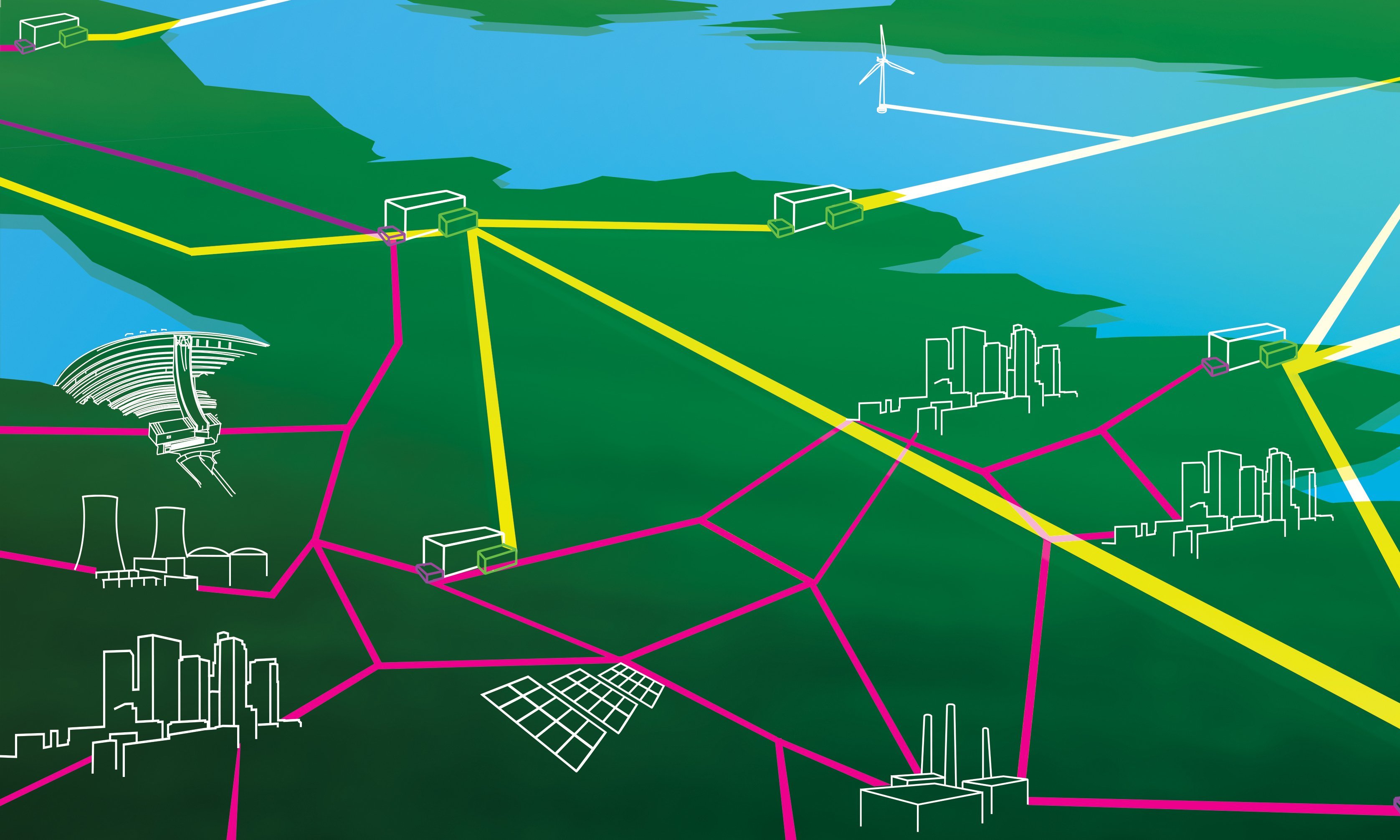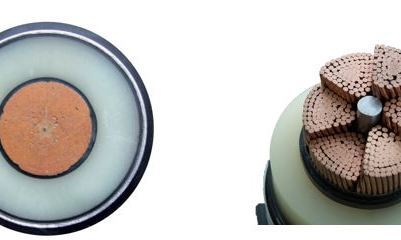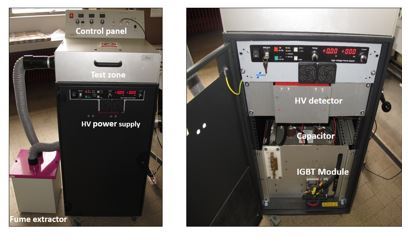PhD Etienne OUSS “Characterization of Partial Discharges and Defect Identification in High-Voltage Direct Current GIS”
This thesis aimed to characterize partial discharges in DC gas-insulated substations, and to develop an automatic defect identification tool. The first step of this work was the development of a partial discharge measuring bench. The complete study has been performed in a GIS section, so that the results can be directly applied to industrial equipment.
